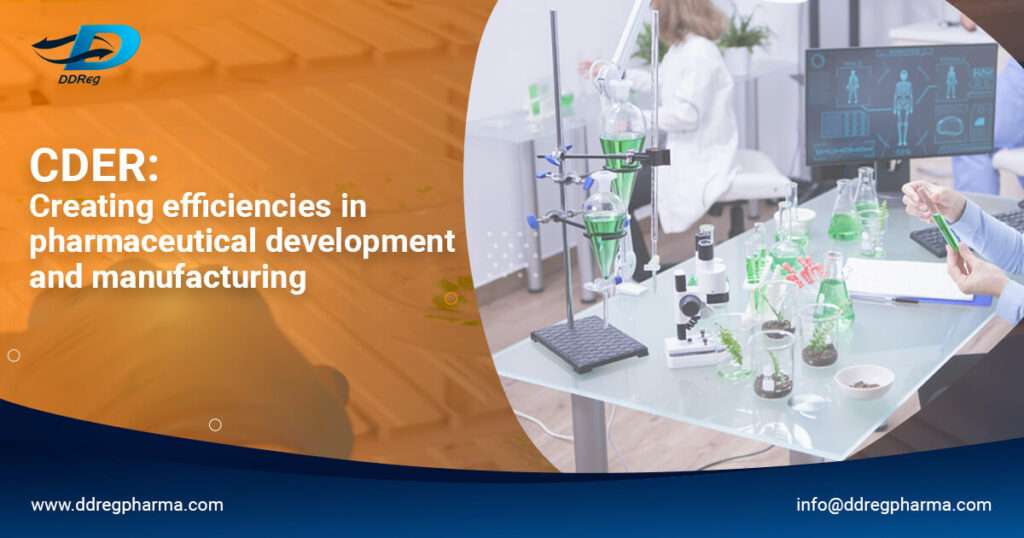The Center for Drug Evaluation and Research (CDER) of the US FDA outlined a program in February 2019 in which various stakeholders of the industry could propose pharmaceutical quality standards for recognition by the CDER. This would provide the industry with additional resources for the development and manufacturing of pharmaceuticals. In July 2023, the CDER issued a final guidance for the “CDER’s Program for the Recognition of Voluntary Consensus Standards Related to Pharmaceutical Quality” supplemented by a new portal that supports submission of standards for potential recognition.
The program addresses generics, biologics, biosimilars and OTC and aims to create efficiencies in manufacturing of generics and biosimilars by streamlining their development and promoting “beneficial innovation”. Furthermore, if an industry stakeholder references one of CDER’s recognized voluntary consensus standards to support CDER-regulated product in an application or during an inspection then the FDA may request for more information which proves the standard was followed and is fit for the intended purpose. This also contributes towards streamlining marketing applications.
Purpose of Establishing the Program
CDER utilizes FDA’s experience to check or to evaluate and potentially recognize voluntary consensus standards (VCSs) related to pharmaceuticals quality, which can benefit both industry and staff at FDA. The process involves receiving candidate consensus standard along with the relevant information from internal or external parties for recognition. CDER then conducts an internal scientific and policy evaluation to decide whether to recognize the standard fully or partially. Information sheets are prepared for each recognized standard, detailing its scope, extent of recognition by CDER and other pertinent information. The recognized standard and their information sheet are listed and made publicly available through database on the CDER website.
Elements of the standard development process
The CDER shall consider recognition and standards developed by VCS bodies that adhered to the 5 elements: Openness, Balance, Due Process, Appeals Process, and Consensus.
VCSs evaluation process
To submit the recognition request, staff at FDA and stakeholders can visit the portal – CDER direct NextGen Collaboration, where they can find the recognition request form and step wise instructions for submitting the same. Information such as 1) requestor name and contact information. 2) title of the published standards, also having standards-developing organization (SDO) name and any reference number and date. 3) concise information regarding the drug testing/their performance/other properties/manufacturing processes – are required for the preparation of the recognition request.
The following is the information that will be sent to the requestor via the portal – acceptance of request, notification if the program will proceed with evaluation of the standard, additional information, and recognition decision. The program will disseminate the explanation when the program does not proceed with the evaluation of the standard or does not recognize the complete standard.
The responsibility for the evaluation of recognition request is on the CDER’s PQSWG, which is the Pharmaceutical Quality Standard Working Group. When a program receives the request, the PQSWG decides whether the VCS conflicts with FDA’s governing statutes or regulation and is constant with the current perspective of agency. It also decides whether it falls within the program’s scope and sticks to the five elements of standard development, and whether the recognition would provide adequate benefits to explain allocating FDA resources to review the standard for possible recognition.
If the VCS meets the PQSWG’s requirements, the PQSWG suggests making a subgroup of FDA subject matter experts to analyze the standards. The body can also suggest that the FDA lab review the proposed standard. FDA and PQSWG prepare an information sheet explaining the scope and the extent of CDER’s recognition, as well as other applicable information concerning the standard. If the standard is authorized for recognition, FDA subject matter experts develop an information sheet detailing the scope and extent of CDER’s recognition, as well as any other relevant information concerning the standard, in consultation with the PQSWG. Before it is published on the CDER program’s public web page, the PQSWG evaluates and approves the information sheet.
Updating the CDER programs recognized standard database: To maintain CDER’s searchable database of recognize standard, the PQSWG follows specified policies and procedures: – whenever a standard is fully or partially recognized, PQSWG lists the standard and publishes the information sheet on CDER’s public webpage database, within six months of the evaluation process. The PQSWG checks the database on a regular basis to discover: – whether the SDO withdraws the standard or substitutes with the newer version. Standards are not in accordance with the current pharmaceutical quality rules & regulations. Standards are no longer adequate for meeting regulatory expectations. When necessary, the PQSWG bring about the withdrawal of recognition and assess the newer versions of standard. The PQSWG exchanges the previous version with a newer one on CDER’s database whenever the newer versions are recognized.
Conclusion
CDER which is a part of the US-FDA which look after the drugs that are listed in FD&C act. FDA’s CDER created this program to ease the submission by stakeholders. Also, this program will help in the development of the pharmaceutical field and its manufacturing process. As CDER’s a part of the FDA, it utilizes their experience to check or to evaluate and potentially recognize VCSs related to pharmaceuticals quality, for the benefit of both industry and staff at FDA.
References ad Further Reading

